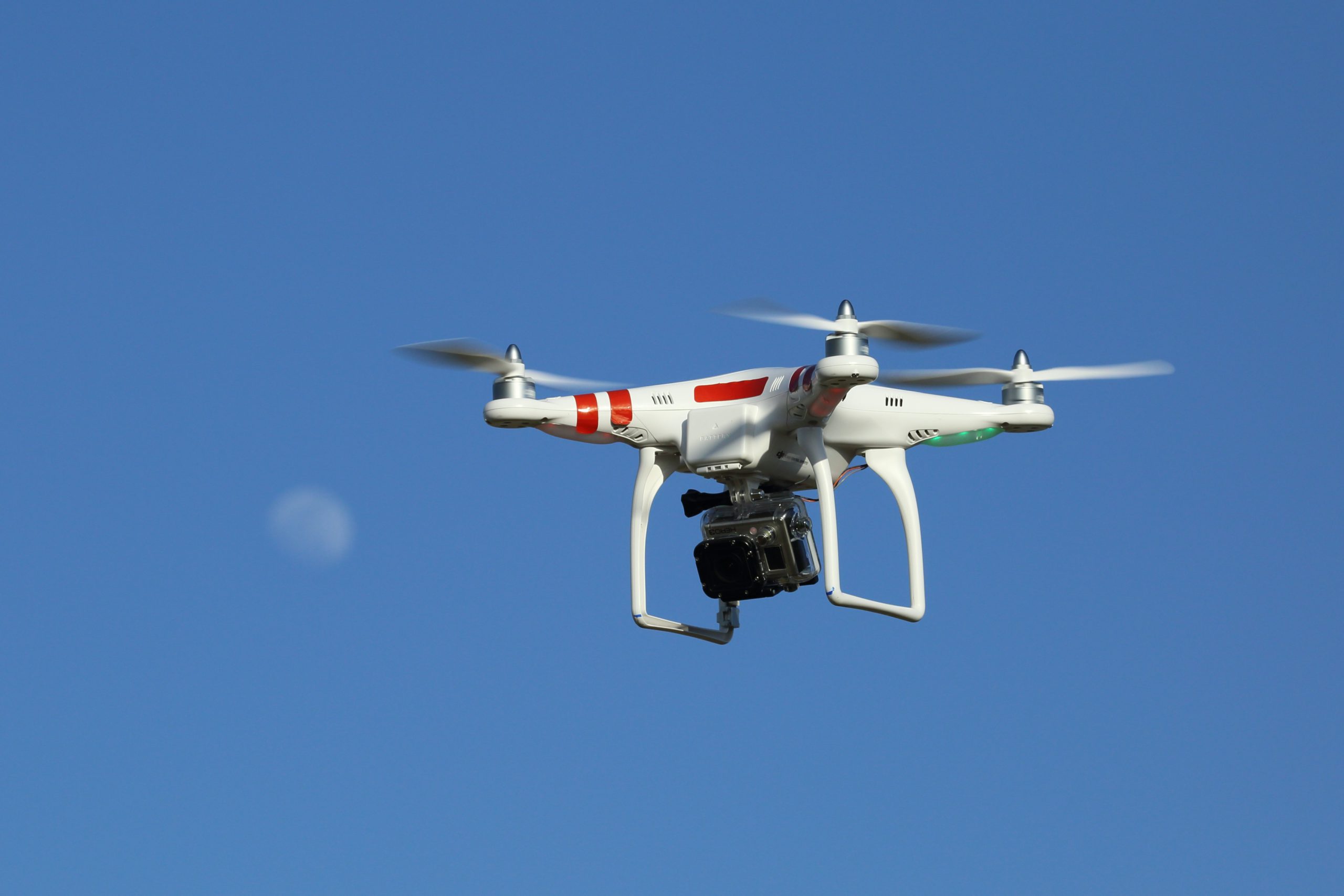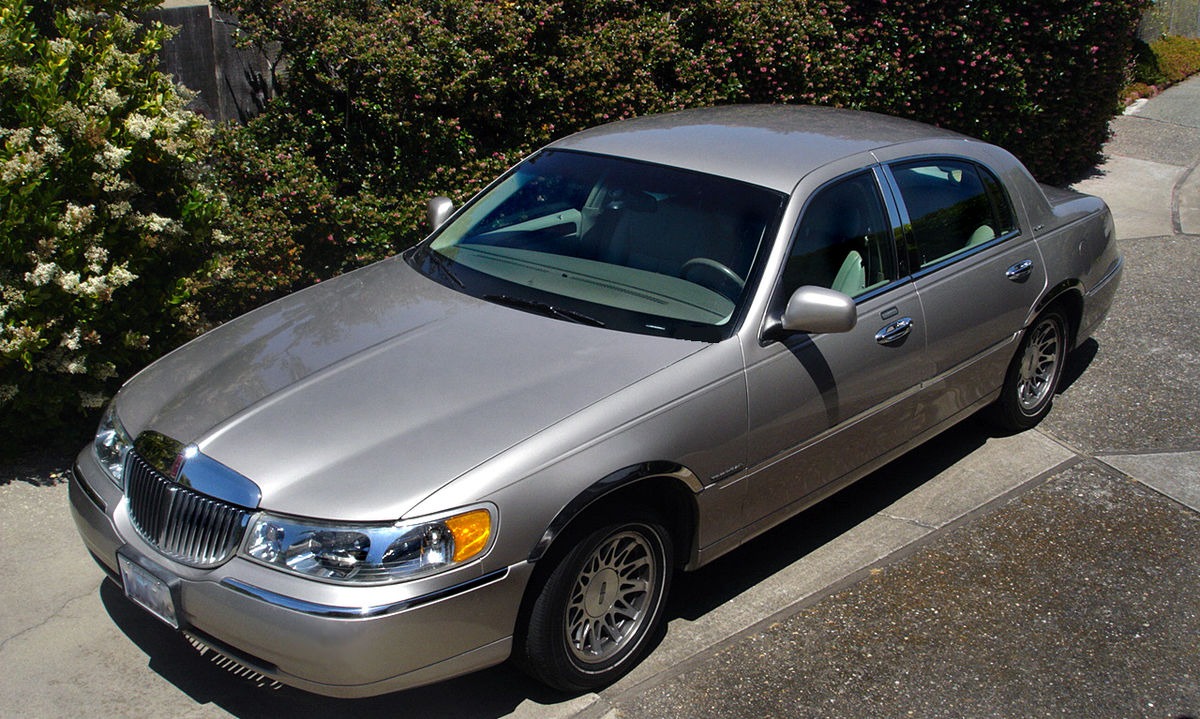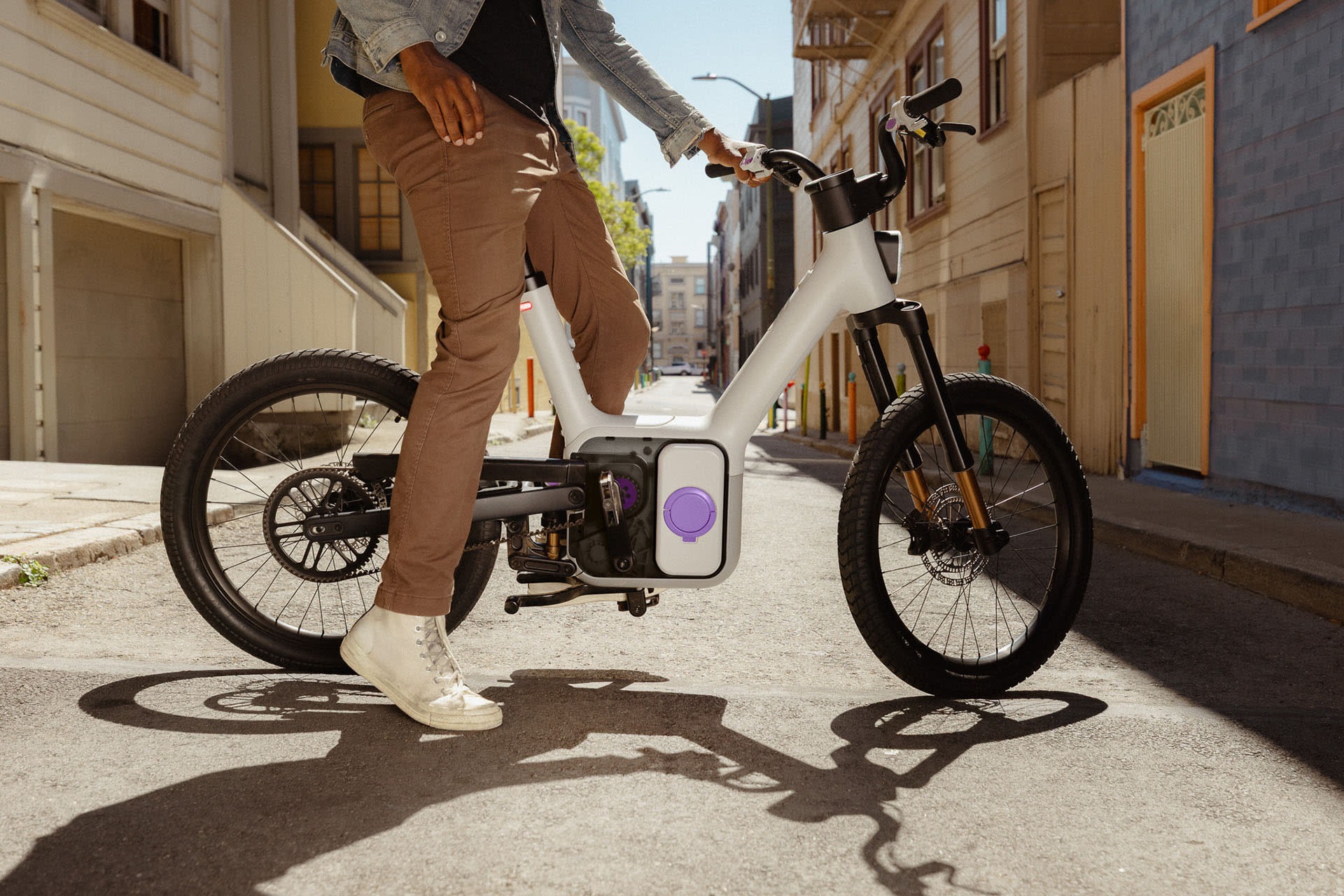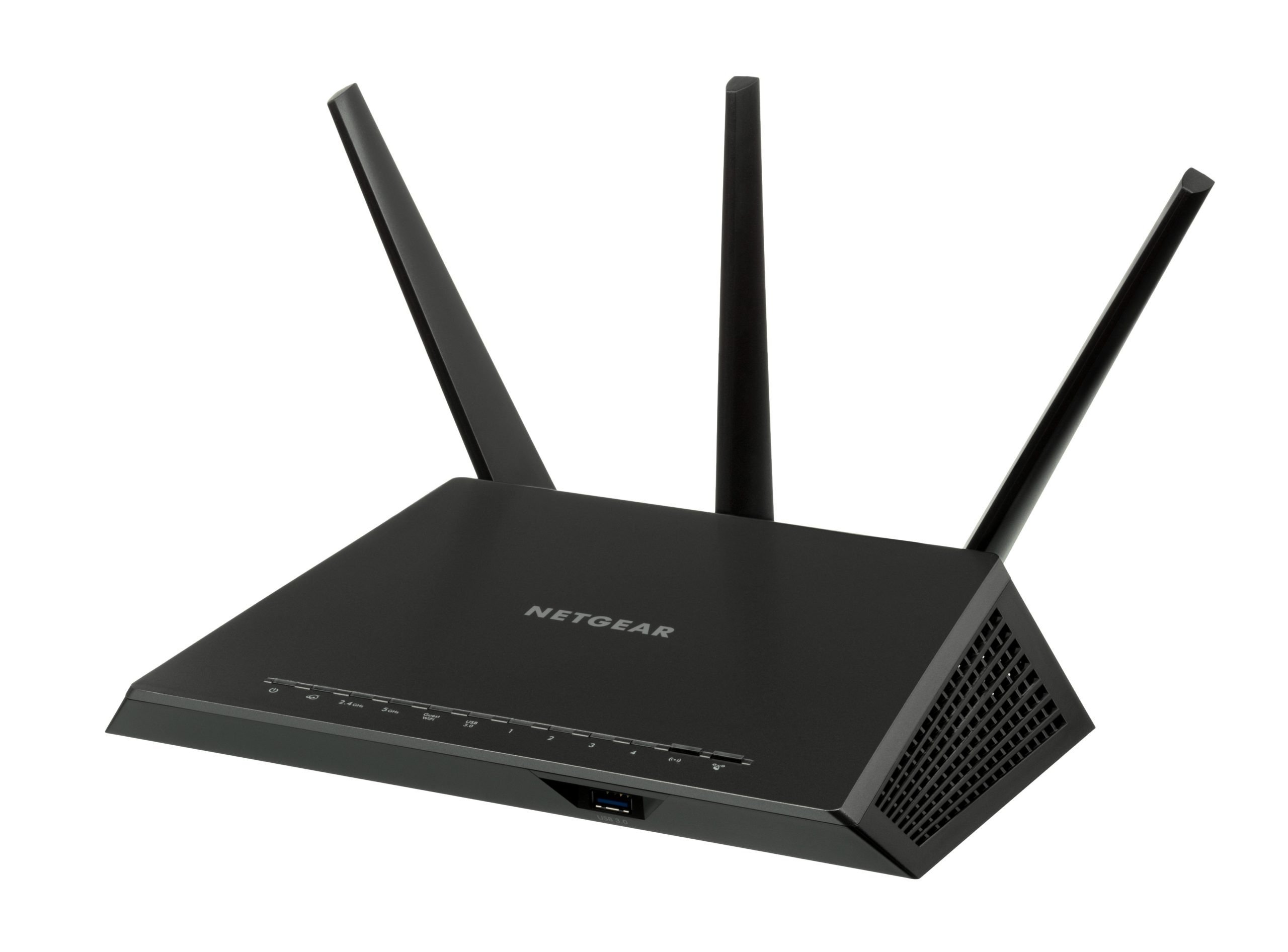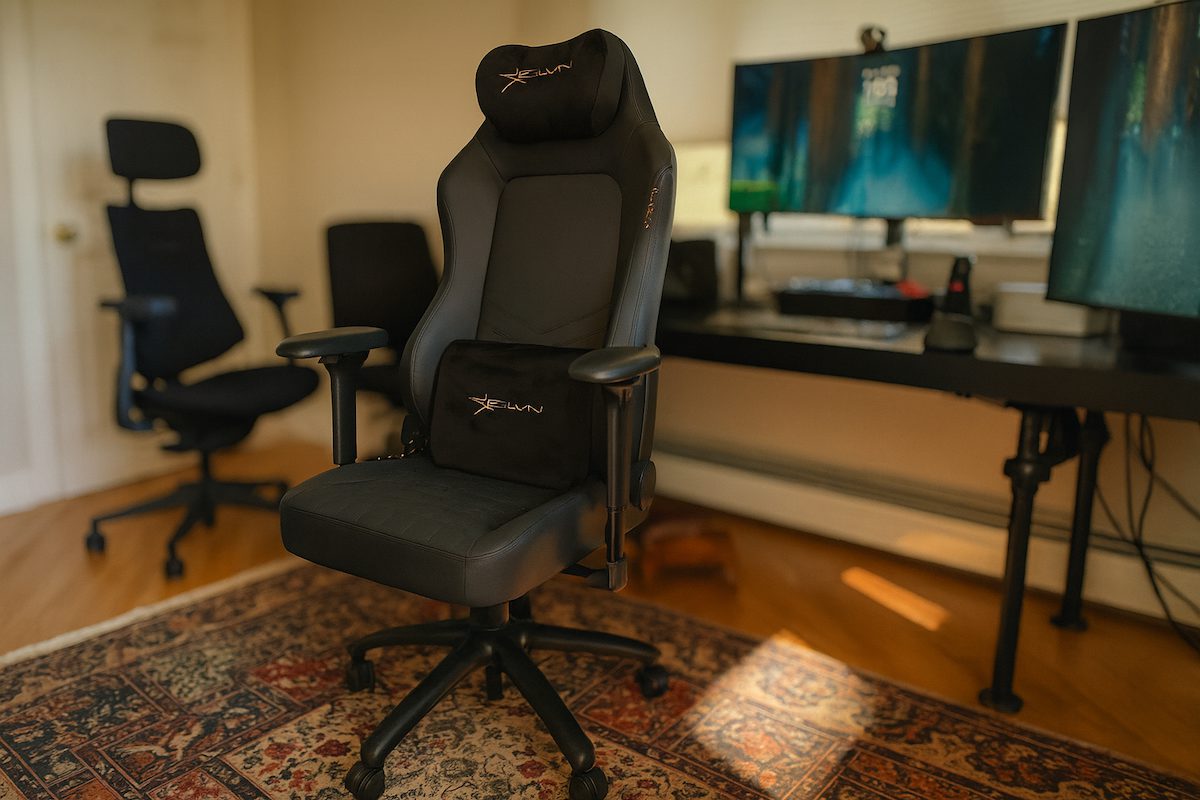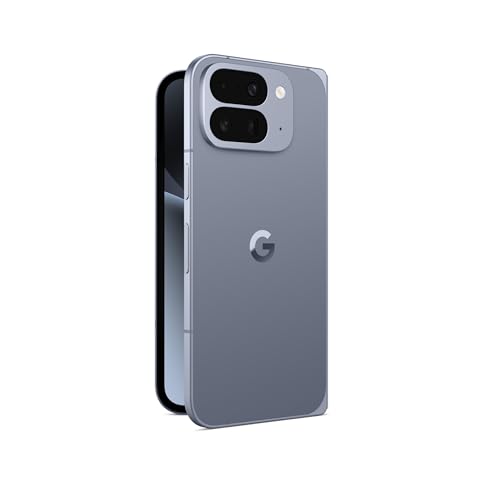In the spring of 1978, while most college students perfected their disco moves, a band of physics nerds from UC Santa Cruz and UC Irvine hatched a plan wilder than any Vegas bachelor party movie. They weren’t after Instagram fame, they wanted to beat roulette wheels with physics and mathematics. Talk about choosing the red pill.
These science rebels built a computer system smaller than a Nintendo Switch – mind-blowing in the era when computers needed their own zip code. Casino security remained clueless as the students tracked wheel speeds with the precision of a helicopter parent monitoring screen time. Their experiment would shake up our understanding of supposedly random games forever.
The Eureka Moment

The team called themselves the Eudaemons – ancient Greek for “good spirits” – though casino managers would soon call them much worse. They spotted what everyone else missed: roulette isn’t truly random. By tracking the ball’s speed and wheel rotation, they could narrow down landing spots with the accuracy of a Marvel superhero’s aim.
Like detectives in a heist film, they spent months collecting data and running tests. Their mission wasn’t just about getting rich; they aimed to prove physics could crack systems built on mathematical chance. The students documented every spin with the dedication of fantasy football managers during playoff season.
Building “The Guillotine”

In their dorm room, these science wizards built a contraption they named “The Guillotine.” It hovered over their roulette wheel resembling a DIY version of Tony Stark’s lab. Their setup captured wheel rotation at 100 frames per second, with an oscilloscope measuring tiny vibrations as the ball bounced between pockets. This tech turned horrible 1-in-38 odds into something much tastier.
Wanting better data, they bought their own BC Wills roulette wheel. The FBI showed up faster than TikTok kills dance trends, suspecting illegal gambling instead of extreme homework. The students watched agents search their dorm for a casino operation while standing next to scientific equipment worth more than their cars. Testing continued anyway because physics waits for no one.
The Hidden Computer System

Their hidden computer system, built with early microprocessor technology, would make modern smartwatch users laugh out loud. Yet in 1978, before the creating of modern betting apps, this was mind-blowing tech. The system crunched wheel data and transformed terrible casino odds into a significant advantage – similar to bringing a calculator to a kindergarten math contest.
Hiding this tech under clothing created challenges about as comfortable as wearing a pineapple as underwear. The system calculated probabilities, then transmitted betting tips through mild electric signals to the body. The wired-up students entered casinos with the relaxed vibe of someone wearing wet socks to a job interview. The occasional signals kept them extra alert – no coffee needed.
Vegas Showdown

The team arrived in Vegas with the false confidence of movie hackers who never face consequences. Their Ocean’s Eleven-style operation assigned specific roles: data collectors with foot-switched devices, bettors who received signals through small electric pulses, and lookouts scanning for security. They targeted casinos where wheel conditions could maximize their mathematical edge.
Early wins had them grinning until casino staff started hovering like parents catching teens sneaking in past curfew. Equipment malfunctions created drama as their operation faced technical challenges. Team arguments erupted faster than Twitter fights as their elaborate plan unraveled under pressure and technical problems.
Aftermath

The experiment ended with modest winnings – about $10,000 total. This would barely cover one semester’s textbooks today. While their bank accounts didn’t explode, their scientific achievement demonstrated how physics could crack supposedly random systems. If they had won hundreds of thousands of dollars, the worst part – aside from explaining how they did it to casino bosses – is they’d need to pay taxes on their gambling winnings.
Their work contributed to casinos upgrading wheel technology and changing rules about when bets could be placed. The team members largely maintained secrecy about their specific methods over the decades. Their legacy lives on among physics students who dream of applying classroom theories to real-world problems, preferably ones involving Vegas.








